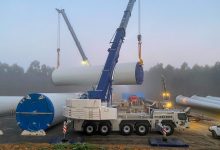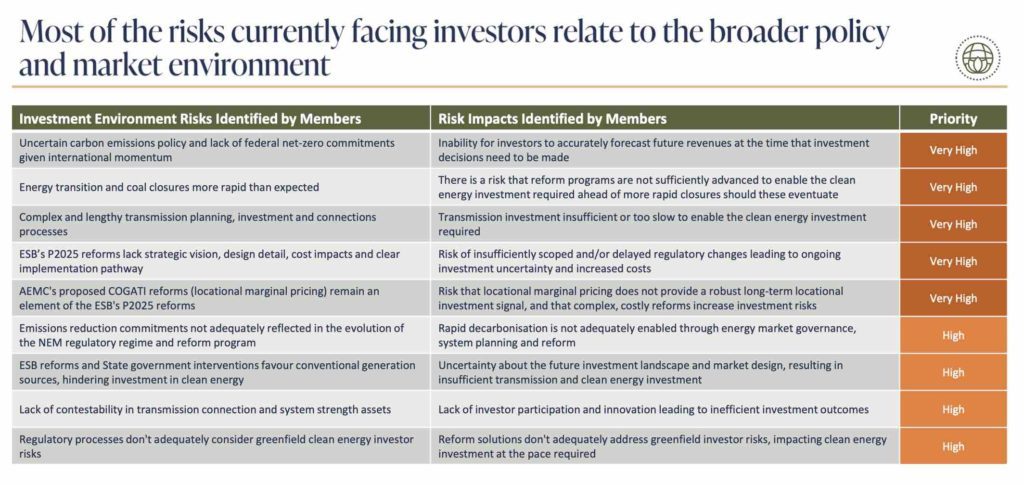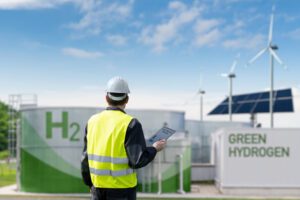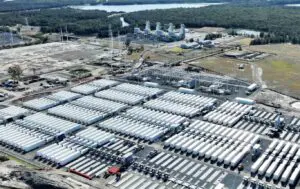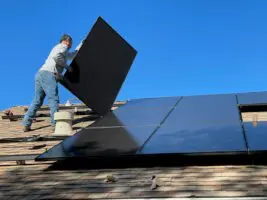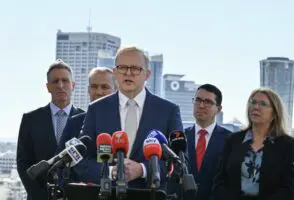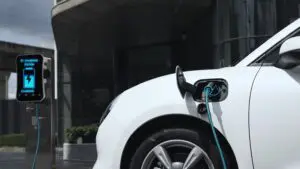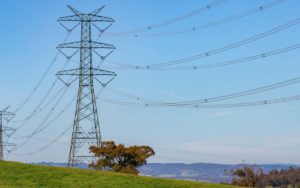A group of 18 leading clean energy investors, many of them major global players, have delivered a damming assessment of Australia’s investment environment, noting the lack of a national plan and the uncertainty over market rules is raising the cost of capital and killing investment.
The Clean Energy Investor Group says Australia is missing out on investment because the cost of capital in Australia is nearly 200 basis points higher than overseas, so money is going to other countries and the energy transition in Australia is slow and more expensive than it should be.
“It’s ridiculous,” said CEO Simon Corbell, the former ACT climate and energy minister that led that territory’s shift to 100 per cent renewables and also became the renewable energy advocate in Victoria.
Corbell says key problems in Australia are not being resolved because there is no clear plan at federal level, which means that the institutional bodies responsible for the management of the markets and the setting of the rules also have no clear plan.
The Australian Energy Market Operator has a 20-year blueprint, known as the Integrated System Plan, which includes a “step change scenario” that is consistent with the climate science, and it is updating this with an even faster transition, known as “export superpower”.
But Corbell says none of the other regulatory bodies has adopted that plan, there is no environmental component in the National Electricity Rules, and the bodies appear to have no idea that this is affecting the cost of capital.,
“There is a huge pipeline of projects, but when it comes to committing to finance, we are facing some really serious dilemmas,” Corbell says. “And that is going to get worse unless we see a much more focused effort from regulators and policy makers.”
The CEIG represents 18 major investors that have an Australian portfolio value of over $A24 billion and more than 70 clean energy assets under management, and want to take part in the $70 billion they say will be needed to meet AEMO’s Step Change scenario, which is pretty much zero emissions in the grid by 2040.
Those investors include Macquarie, Neoen, and two recent Australia additions – PowAR (which owns many of the projects contracted to AGL and recently bought Tilt’s Australian assets), and the federal government owned Snowy Hydro, which joined just recently.
Like others, CEIG is particularly concerned about two key reforms which are being put forward by the Energy Security Board, a capacity market mechanism known as the Physical Retailer Reliability Obligation (dubbed Coal-Keeper by some because of who it will benefit), and a Congestion Management Model to pay for transmission.
Corbell says the CMM is actually the bigger threat because it makes it impossible to gain any sort of revenue certainty, adding to risk and the cost of capital.
CEIG has put forward a series of investor principals it says are needed to grease the wheels for the $70 billion needed to install an estimated 51GW of wind and solar, plus some 15GW of storage. At current market settings, the higher risk premium is likely to add another $7 billion to the cost.
Those principles are:
- Align National Electricity Market (NEM) development with global markets;
- Redesign governance for transformation;
- Improve revenue certainty;
- Allocate risk effectively;
- Build investable and innovative markets.
“The cost of equity can be significantly lower. That would lead to a substantial reduction in capital costs. We don’t think policy makers understand the impact their decisions have on cost of capital and equity,” Corbell says,.
“The general view is that the market bodies think that all these problems can be solved through a purist approach to market design.
“But that doesn’t assist when the system must be fundamentally rebuilt. We are dealing with a complete transformation of the market. that needs a complete re-build, plus transmission, plus storage, Trying to manage that through dispatch pricing initiatives won’t give investors what they need.
“We need to plan for an energy transition that is consistent with global expectations. Investors will deploy funds into markets that align with global trends.
“The Australian market is out of alignments with those global trends and that means our transition will be slower and more expensive than it needs to be and investors will priorities other markets over Australia.”

